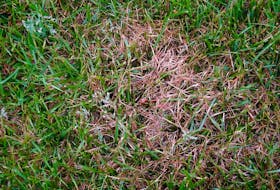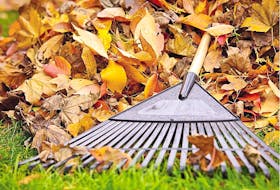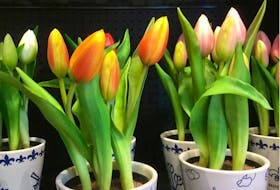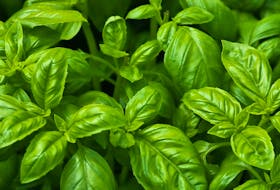One of my very favourite things is getting to try different creative mediums, so when my friends at Phillips & Chestnut Victorian Salvage and Décor in Truro invited me to try decor moulds and air-dry clay, of course I said yes.
It had been ages since I’d played with moulds. Way back in the day, I’d used plastic moulds and plaster to make little ceramic shapes, frames and boxes. They were fun to make, but not very useful — highly breakable, leaving crumbles of powder wherever they smashed.
This mould from Iron Orchid Designs, though, is very different. It’s flexible and rubbery, and can be used with different mediums for making lots of different crafts. (It’s also food-safe, so you could even use it for fondant or chocolate.)
I picked one called Classic Elements that included nine different Baroque-style shapes, like delicate curves and friezes. I’m obsessed with Baroque frames, so I’m always drawn to all things textured and swirly.
For my first project, I decided I was going to refresh a small hutch we’ve had for a few years. It had been used to store the kids’ art supplies, so it was streaked with a few “accidental” marker swipes and needed a fresh coat of paint. Its smooth, plain doors would be an ideal surface for adding a little interest.
You can use these moulds with lots of materials, but Phillips & Chestnut gave me a package of air-dry clay to use with mine. I started by dusting the mould with a bit of cornstarch (to prevent sticking) and then mushed a piece of the air-dry clay into one of the moulds — a beautifully detailed design about four inches tall.
Once I’d pressed the air-dry clay firmly into the mould, I peeled it back out and used a flat-head screwdriver to trim away any excess. Then I squeezed a bit of heavy-duty glue over the back (No More Nails adhesive) and gently pressed it against the top of the first door, sticking it in place without messing up the design in the clay.
(I later read on Iron Orchid Designs’ website that it’s best to hold vertical shapes in place with a bit of tape until they dry, but mine stuck just fine without it.)
I wondered if I’d used too much clay with the first shape, so I tried using less with the second — scraping the back smooth so there wasn’t any excess hanging over the edges of the mould. Personally, I found this trickier and I had to fight with it to remove it. I preferred using more clay and trimming the excess myself, but both methods work.
Once each door was adorned with a pretty clay shape, I wanted to keep going. This was fun. I examined the hutch and the mould to see what else I could add. It wouldn’t really make sense to load up the doors with swirly designs — one per door was perfect — and there wasn’t enough room to add anything around the doors.
I decided to trim out the two edges with rows of beaded moulding. I smushed a bit of clay into the long, skinny beading mould, pulled it out and carefully glued a strip onto the edge of the hutch. It really started to take on the look of a historic piece of furniture. Of course, I’d have to do four or five lengths per side in order to look like one continuous piece of beaded moulding. No problem.
I’d forgotten one important thing about air-dry clay ... it shrinks.
When I came back to the piece after everything was dry, I realized there were tiny gaps between each piece of beaded trim — about the size of a single bead — where the clay strips had shrunk slightly. Oops. Undeterred, I rolled up tiny “fake” beads and glued them into the gaps. It worked, although the trim is a bit wonky if you looked closely.
The shapes on the doors, however, are perfect! They may have shrunk slightly, but you’d never know because they’re one solid piece. I grabbed a slightly brighter shade of white paint (Picket Fence by Fusion Mineral Paint, compared to the warmer Casement it was originally painted) and brushed on a fresh coat, including the dried clay.
I may go back and dry-brush a tiny bit of grey over the raised design to highlight all of its nooks and crannies, but for now the hutch looks great the way it is.
I’m already thinking of the next piece of furniture I want to play around with. Our daughter’s plain wooden dresser has flat drawer fronts, and I think it would be really pretty to add Baroque-style swirls around the edges. I also want to try building a simple pine frame and dressing it up with raised designs.
Happy clay playing!
Heather Laura Clarke is a crafty maker who perpetually has paint smears on her hands, sawdust in her shoes and bits of thread stuck to her leggings. She lives in Truro with her husband, son, and daughter. Follow her adventures at HeathersHandmadeLife.com.








